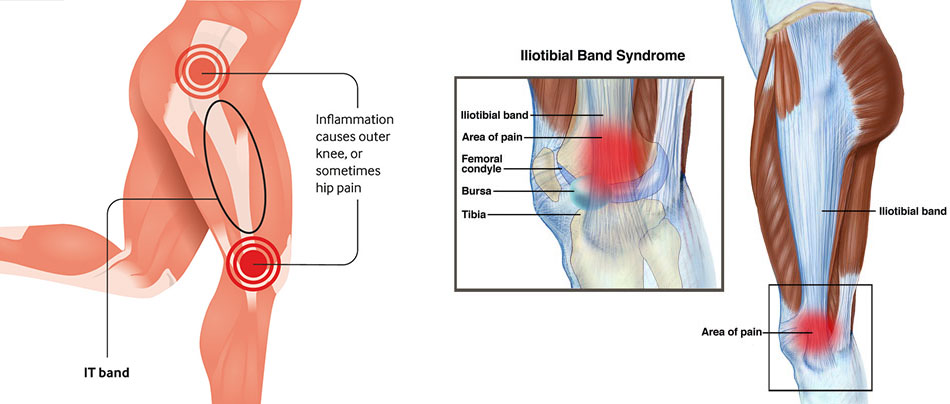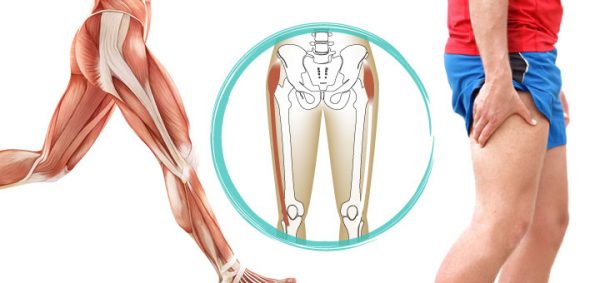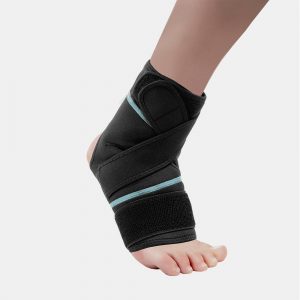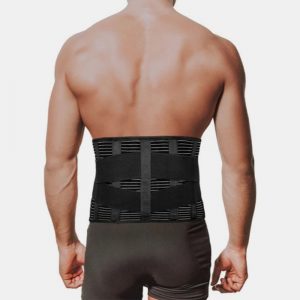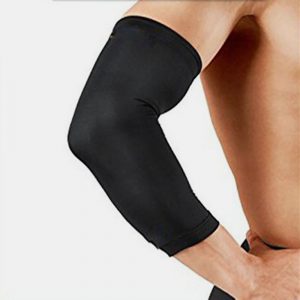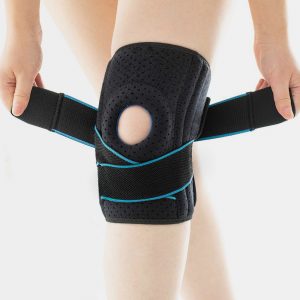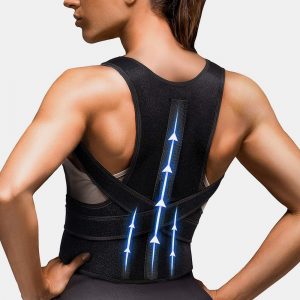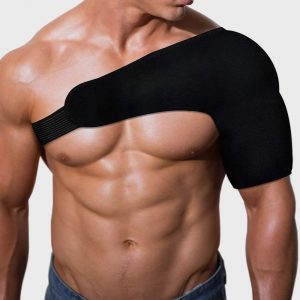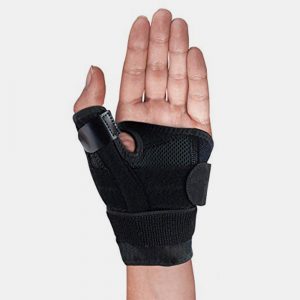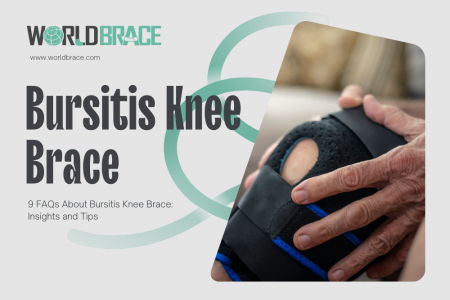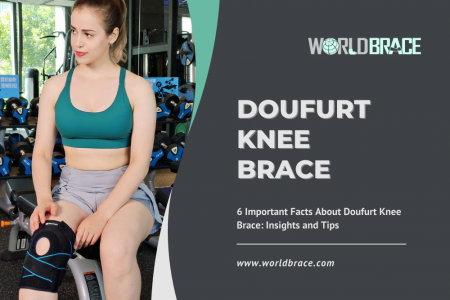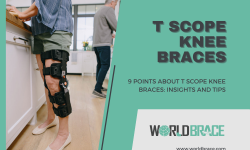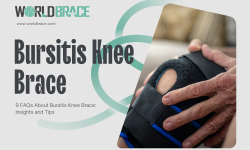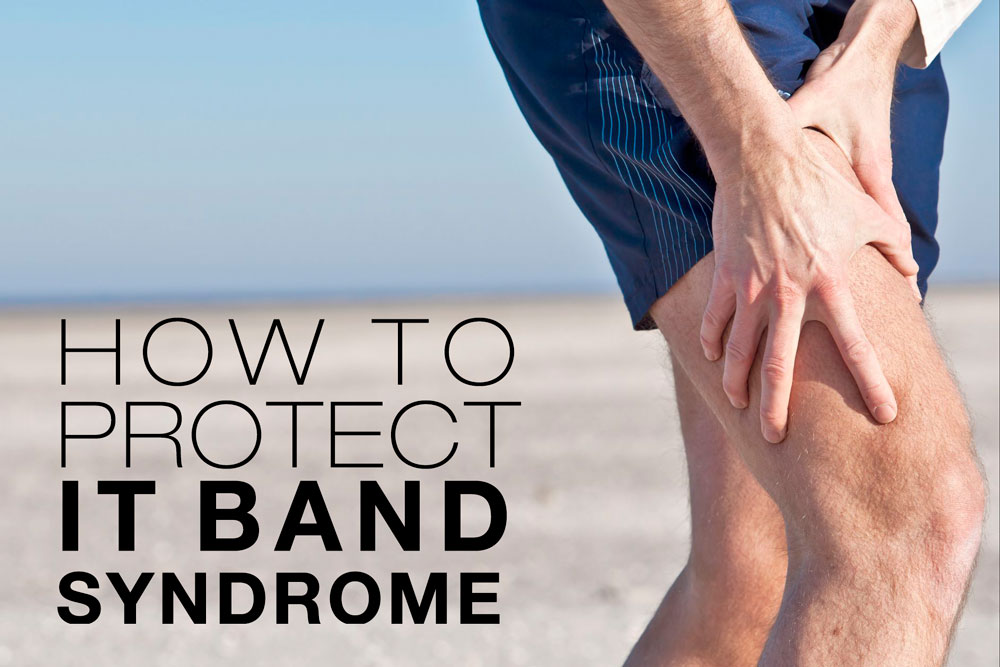
Table of Contents
What is IT band syndrome?
IT band syndrome or Iliotibial band syndrome is a health problem that causes aching and pain on the outside of your knee or hip. It mostly occurs in athletes and runners.
The knee joint is made up of the following bones: thighbone (femur), shinbone (tibia), and the kneecap (patella). The iliotibial band is a strong tissues band that runs along your thigh. It originates from your hip bones and extends all the way to the top of the tibia in your knee.
When you move your leg, the iliotibial band also moves over the edge of your thighbone. If you bend and extend your knees over and over again, you may experience pain, irritation, and discomfort. The pain is the result of friction caused by the movement of the iliotibial band. The person may also experience inflammation in the bone, tendons, and fluid-filled sacs located in the affected region.
Although iliotibial band syndrome can affect anyone, however, it is more common in sportspeople and distance runners. Sporting activities like cycling, skiing, rowing, or soccer can also cause this syndrome.
How to prevent IT band syndrome?
Prevention of iliotibial band syndrome can be hard, especially if you are an athlete or a long-distance runner. Still, you can do a few things to reduce the risk of IT syndrome:
- Make sure you do not run up or down the hill or any slanted surface.
- Don’t forget to use the right technique no matter what activity you do.
- Don’t shift your training intensity abruptly; instead, do it gradually. Try to speed up slowly, not at once.
- Try slow warm-ups and slow cooldowns.
- Make sure you wear supportive shoes and protective braces while exercising. We recommend high-quality IT band syndrome braces by Worldbrace. These braces are designed to provide you instant pain relief and target any structural imbalances.
- Do stretch your outer thigh and hamstrings on a regular basis.
How long does IT band syndrome last?
People who suffer from IT band syndrome experience pain with aching and burning. Initially, the pain can be experienced during exercise. With the passage of time, the syndrome can induce pain and inflammation even when you are resting.
The iliotibial band syndrome might heal after treatments such as rest, physical therapy, braces, and medications. However, if you don’t receive timely treatment, the pain will likely increase. You should discuss your treatment plans with your physician. The right treatment can help you get back to your regular daily activities. Your healthcare provider can figure out which activities are safe for you.
How to treat IT band syndrome?
Some of the treatments of iliotibial band syndrome can be performed at home, while others require a medical professional. The most common treatments are as follows:
Rest: You should not resume exercise unless your iliotibial band syndrome is healed. Don’t put pressure on your hurt leg.
Pain medications: Recommended medication for IT syndrome includes nonsteroidal anti-inflammatory drugs. Ibuprofen and Naproxen are the most commonly used drugs.
Physical therapy: It can help you get rid of your hip and knee pain. As a result of this treatment iliotibial band increases in length, thereby decreasing tension.
Posture training: When it comes to controlling the iliotibial band syndrome, the posture of your body is very important.
Steroid injections: Corticosteroids help reduce the inflammation in your iliotibial band.
Surgery: Although surgery for IT Syndrome is rare, if medications and physical therapy don’t work, then we go for this option.
Braces: Worldbrace’s high-quality IT band syndrome braces are designed to manage pain and irritation in the knee. These braces also help adjust the misalignment of the kneecap. We always recommend Worldbrace’s supports and braces.
ITB Syndrome Rehab Guide
faq
Can you run with IT band syndrome?
No. For a person who has IT band syndrome, running can worsen the symptoms.
Can IT band syndrome be cured?
Absolutely yes. There are many treatment options for IT band syndrome.

